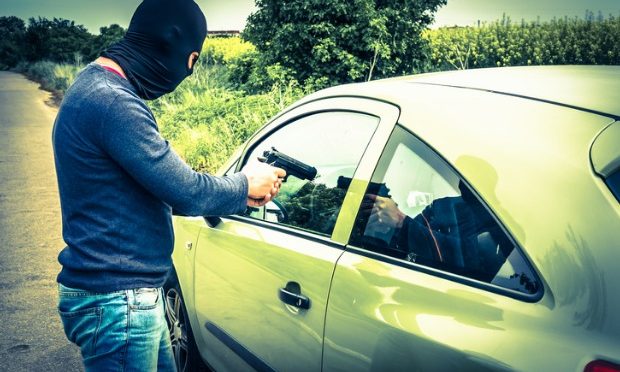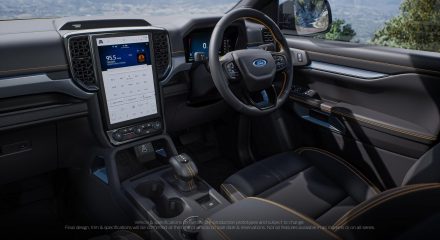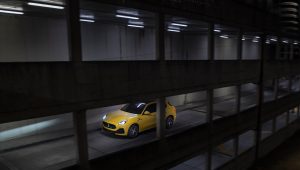When you’re most likely to get hijacked

Car theft levels have decreased majorly by 21% over the period of July to December 2020. When compared to the same period regarding hijackings a great concern remains as it only shows a reduction of 5%, vehicle tracking specialist Tracker said on Tuesday.
The only cause to the decrease in car crime was the fact that there were fewer cars on the road in 2020 due to South African’s restricting their movements to prevent the spread of Covid-19.
According to the IOL, Tracked said, “The slant towards hijacking is most likely an opportunistic tactic, with a noticeable increase in vehicles being targeted for their loads, particularly fast-moving consumable goods. Drivers carrying large amounts of cash are also being targeted.”
When are you a target?
The data of Tracker shows most hijackings are reported between a Wednesday and Friday, between the hours of 4 pm and 8 pm. However, car thefts tend to occur between a Wednesday and Saturday, but earlier in the day between 11 am and 3 pm.
Make sure you are not being followed:
If you suspect you are being followed, never remain on the same route and make a few false turns. If this does not help, drive the nearest police station.
Basic housekeeping rules:
Befriend your neighbours and take note of what cars they drive, keeping your driveway free of places where perpetrators may hide and ensure the entire area around your household is well lit.
How to enter your property safely:
You want to avoid being followed into your property, as a hijacking may turn into a house robbery.
If you have an automatic gate, stop in the road parallel to the gate to give yourself an escape route. Once the gate is fully open, stop on the other side and wait for it to close completely.
If you do not have an automatic gate, you need to check if your surroundings are safe before exiting your vehicle.
Leave the key in the ignition with the door closed so that the perpetrator does not that have to approach you in order to take the vehicle.
Plan your route:
Avoid driving at unsafe times, through unsafe areas or coming to a stop /driving slower. Always alternate your routes to avoid becoming a target.
Be smart with how you stop:
Motorists are advised to slowly approach red traffic lights so that a complete stop can be avoided. If there is a case where you have to stop behind a vehicle at a traffic light or stop street, make sure you can see the rear tyres touching the road surface.
What if you get bumped from behind?
If your vehicle is bumped lightly from behind, do not pull over immediately. If the bump was not hard enough to create damage and you feel threatened, indicate to the vehicle behind you to follow you to a safe place like a petrol or police station.
Watch out for bogus police:
If you are followed by a vehicle with a blue light, do not under any circumstance drive home. Reduce your speed, switch on emergency lights and give very clear indications that they must follow you to a police station.
If you are confronted by a hijacker:
Put your hands up and surrender immediately. Don’t speak too fast and do not make sudden movements. Do not lose your temper, threaten or challenge the hijacker, rather do exactly as you’re told.
Don’t resist, especially if the hijacker is armed. Always surrender your vehicle and move away. Never reach for your purse or valuables. Leave everything in the vehicle and don’t make eye contact with the hijacker. They may perceive this behaviour as a threat.
How to exit the vehicle:
Use your left hand to unlock the door and use the same hand to undo the seatbelt and put the car out of gear. With an automatic vehicle, just pull up the handbrake. When getting out of your vehicle, turn your body sideways, lift your shoulders and use your hands and arms to cover the head/neck area.
Move away from the vehicle immediately. Keep your hands still and visible to the hijacker, to give them assurance of your passive consent.
What if your child is in the vehicle?
If you have a child in the vehicle, you may want to reach through between the seats to retrieve the child, or if you don’t feel comfortable doing this, you may exit the vehicle and open the door behind you immediately. Step into the vehicle with your right leg and foot and lean across to retrieve your child.
Picture: Women On Wheels gallery







